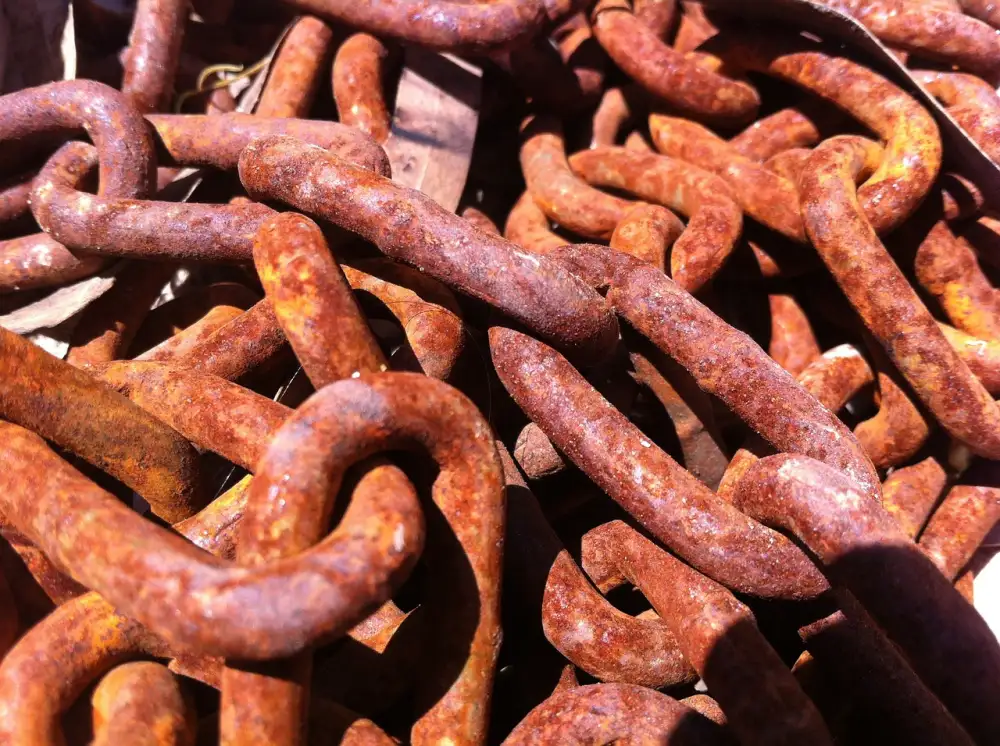Rust-Busting Guide: How to Clean a Rusty Cast Iron Skillet Like a Pro

Cast iron skillets are beloved for their ability to retain heat and create a perfect sear on your favorite dishes. However, over time, these kitchen staples can fall victim to rust if not properly cared for. In this guide, we will walk you through the steps to restore your rusty cast iron skillet to its former glory. With the right tools and techniques, you can easily clean and maintain your skillet like a pro, ensuring it lasts for generations to come. Let's dive in and learn how to banish rust from your cast iron skillet effectively.
Gather necessary supplies
To effectively clean a rusty cast iron skillet, you will need a few essential supplies. First and foremost, you'll require a steel wool scrubber to help remove the rust without damaging the skillet's surface. Additionally, gather some mild dish soap, warm water, and a clean towel for rinsing and drying the skillet. You will also need a high smoke point oil like vegetable oil or flaxseed oil for seasoning the skillet after cleaning. Lastly, make sure you have an oven mitt or kitchen towel to handle the hot skillet during the process. With these supplies on hand, you'll be well-equipped to restore your rusty cast iron skillet to its former glory.
Scrub the skillet with steel wool
To effectively clean a rusty cast iron skillet, start by scrubbing it with steel wool. Make sure to use fine-grade steel wool to avoid damaging the skillet's surface. Begin by gently scrubbing the rusted areas in circular motions, applying moderate pressure as needed. Continue until the rust is removed and the skillet's surface appears smooth. Remember to work on both the interior and exterior of the skillet for thorough cleaning. Steel wool is an excellent tool for removing rust without causing harm to the cast iron material.
Rinse and dry the skillet
After scrubbing the skillet with steel wool to remove the rust, rinse it thoroughly under warm water. Use a sponge or brush to ensure all debris is washed away. Once clean, dry the skillet immediately with a towel to prevent any new rust from forming. It's crucial to completely dry the skillet as moisture can lead to rusting. Pay extra attention to drying the handle and any crevices where water might linger. The drier the skillet, the better it will resist further rusting.
Apply a thin layer of oil
After thoroughly drying the skillet, it's time to apply a thin layer of oil to prevent future rusting. Choose an oil with a high smoke point like vegetable oil, flaxseed oil, or canola oil. Using a paper towel, apply a small amount of oil all over the skillet, including the handle and exterior. Make sure to coat the entire surface evenly but avoid leaving any pools of oil as they can become sticky during seasoning. The thin layer of oil will help protect the skillet from moisture and oxidation, keeping it well-seasoned and rust-free for future use.
Heat the skillet in the oven
To complete the rust removal process, preheat your oven to 350°F (177°C). Place the cleaned and oiled skillet upside down on the middle rack of the oven. This positioning allows any excess oil to drip off, preventing a sticky residue. Let the skillet bake for about an hour. The heat helps the oil polymerize, creating a protective layer on the skillet's surface. This step also ensures that the oil bonds well with the iron, enhancing its non-stick properties and preventing future rust formation.
Allow the skillet to cool and wipe off excess oil
After heating the skillet in the oven, it's crucial to allow it to cool completely before handling. The cast iron retains heat well, so be cautious when touching it. Once cooled, use a clean cloth or paper towel to wipe off any excess oil. This step helps remove any leftover oil that may become sticky or gummy if left on the skillet. Ensuring the skillet is properly wiped down will also prevent any residue from going rancid and affecting the flavor of your future dishes.
Store the skillet properly
Store the skillet properly to prevent rust from forming again. Make sure the skillet is completely dry before storing to avoid moisture buildup. Store in a cool, dry place with good air circulation to prevent humidity. You can place a paper towel or cloth inside the skillet to absorb any excess moisture. Avoid stacking other items on top of the skillet as this can lead to scratches and damage. Proper storage will help maintain the seasoning and keep your cast iron skillet in top condition for years to come.
In conclusion, knowing how to properly clean and maintain a rusty cast iron skillet is essential for preserving its longevity and cooking performance. By following the steps outlined in this guide, you can effectively remove rust, restore the skillet's seasoned surface, and prevent future rusting. Regular maintenance, such as drying thoroughly after each use and applying a thin layer of oil, will help keep your cast iron skillet in top condition for years to come. Remember, a well-cared-for cast iron skillet can be a versatile kitchen tool that enhances your cooking experience.
Published: 09. 03. 2024
Category: Home



